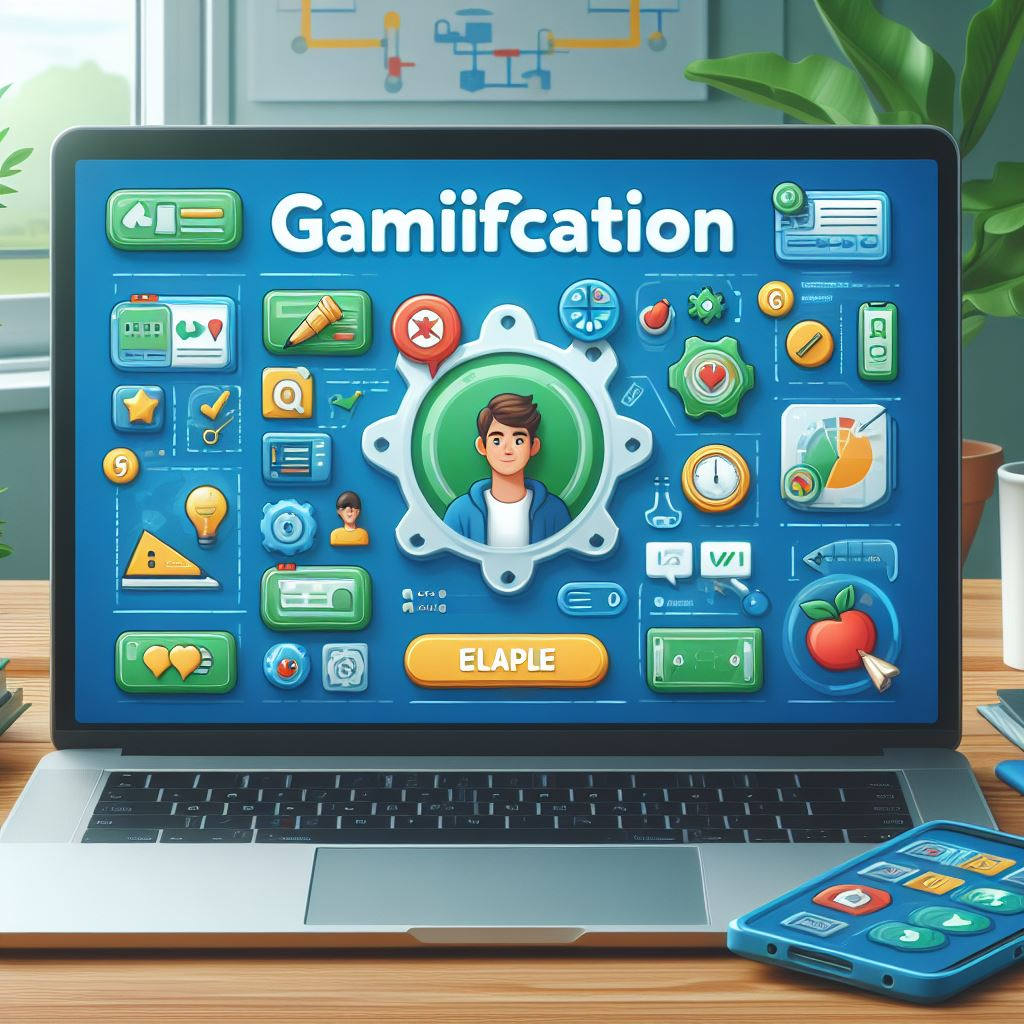Introduction
In a world where attention spans are short and engagement levels are typically poor, finding new ways to attract and drive people has become essential. Gamification is the incorporation of game design ideas and techniques into non-game situations. This effective strategy takes advantage of the innate human motivations for success, competitiveness, and social recognition to create interactive and immersive experiences that drive desired results. Gamification is changing how we approach engagement and motivation in fields such as education and healthcare, as well as marketing and employee training.
The Technology Behind Gamification
Gamification is based on a strategic integration of game mechanics and dynamic elements. Game mechanisms like points, badges, leaderboards, awards, levels, and progress tracking are easily linked across several devices and environments. These features appeal to our intrinsic need for success and recognition, motivating users to participate and progress through the gamified experience.
However, gamification extends beyond basic mechanics. Game dynamics, such as competitiveness through leaderboards, teamwork through team tasks, community through social interactions, and the excitement of unlocking new missions or collecting badges, provoke strong emotional responses and behaviors in participants. By carefully managing these dynamics, gamification provides an engaging and rewarding experience that encourages users to participate and accomplish common goals.
Applications Across Industries
Gamification’s adaptability has resulted in its widespread adoption across a variety of businesses and circumstances.
1. Marketing & Customer Engagement
Gamification is being used by businesses to raise brand recognition, strengthen customer relationships, and improve revenue. Achievements, leaderboards, and countdowns are utilised to engage audiences and stimulate interaction with brands. Gamifying the consumer experience allows firms to cultivate brand loyalty and build long-term relationships with their target audience.
2. Employee Training and Engagement.
Gamification has transformed staff training and engagement tactics. By combining game aspects such as objectives, status, leaderboards, community, education, and incentives, organisations may increase training outcomes, staff engagement, and customer happiness. Multinational Companies have effectively used gamification tactics to meet company goals and cultivate a motivated and productive workforce.
3. Health and Wellness
Gamification in healthcare can help patients create good behaviours, manage daily routines, and improve prescription adherence. Companies like Mango Health use gamification to help people live healthier lifestyles and improve their overall well-being. Gamification, by changing seemingly dull jobs into fascinating challenges, has the potential to greatly improve people’s health and well-being.
4. Education & Learning
Gamification transforms the learning experience by introducing game features such as points, badges, leaderboards, feedback, and challenges into educational settings. Educational institutions are redesigning their learning systems to give more engaging and effective learning opportunities. Theere are platforms that have proved the capacity of gamification to make education more engaging and entertaining for students of all ages.
Designing Effective Gamification Strategies
While gamification has enormous promise, its application necessitates a smart and planned approach. Designers must carefully examine the target audience, content, and difficulty of the gamified jobs. Understanding user motivations and preferences is critical for developing an engaging and satisfying experience.
Furthermore, it is critical to establish a balance between enjoyment and theoretical learning, ensuring that gamification features complement rather than distract from the primary goals. Unfair competition and a heavy emphasis on extrinsic incentives should be avoided since they might weaken intrinsic motivation and long-term commitment.
The Future of Gamification
Gamification has a wide range of possible uses as technology advances. Emerging technologies such as virtual and augmented reality, as well as advances in artificial intelligence and machine learning, are creating new opportunities for gamified experiences. From health and wellness to sustainability and civic participation, gamification is a potent tool for influencing behaviour, motivating individuals, and driving good change.
Furthermore, the combination of gamification, personalisation, and adaptive learning technology offers the possibility of producing fully personalised and engaging experiences. Gamified systems may adjust to individual preferences, strengths, and limitations using data and analytics, resulting in a personalised trip that maximises engagement and outcomes.
Gamification is a transformational strategy that uses game design principles and mechanics to create engaging and inspiring experiences. Gamification, by appealing to our intrinsic needs for success, competitiveness, and social recognition, has the ability to transform participation across sectors and situations. As technology progresses and our understanding of human behaviour grows, the opportunities for gamification will expand, opening up new avenues of interaction and promoting good change in our personal and professional lives.
Contact us at open-innovator@quotients.com to schedule a consultation and explore the transformative potential of this innovative technology






